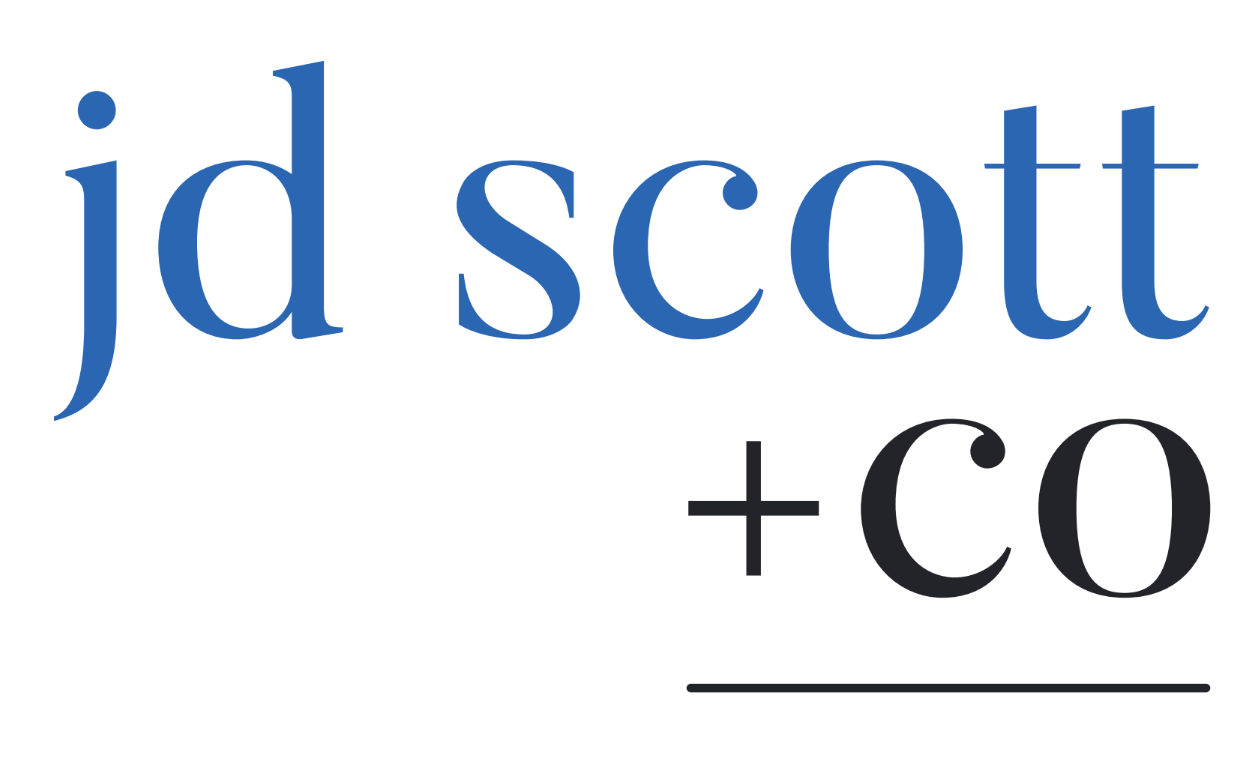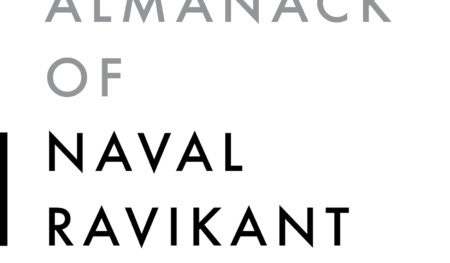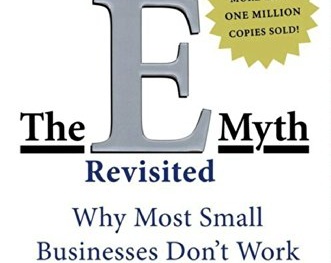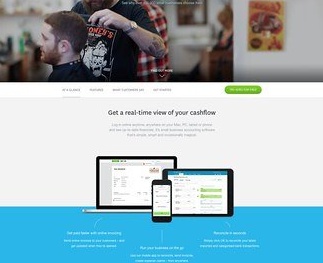With 30 June fast approached, its time to have a little think about your year end tax position. Its been a relatively slow year for tax changes, with the new Labour government taking a cautious approach to much needed tax reform. As we head towards the end of the financial year, its now time to start thinking about what your year end financial position looks like. Here are 8 1/2 year end tax tips for businesses to consider now, in order to get yourself prepared for year end.
Important changes to work from home deductions
1. Bring forward deductions, push back revenue
Its a perennial comment, but important. Make sure you bring forward deductions and, where possible, push revenue into next year. Review your trading stock and make sure you formally write off any items that are slow moving or obsolete. Same with bad debts – review your outstanding invoices and if an amount is not recoverable, formally write it off. Its useful to make a note of why you’re writing off a balance. It could be that its over 90 days and the client is no longer contactable – whatever the reason make a note of it.
2. Don’t forget prepayments
Another one for businesses with turnover less than $50 million. Determine whether there is an immediate deduction for prepayments. If you have prepayments due soon, make the payment this side of 30 June, rather than waiting for 1 July.
3. Instant Asset Write Off
Introduced as a COVID-19 measure, the instant asset write off was due to expire at 30 June 2023, but has been extended for small businesses until 30 June 2024 for amounts up to $20,000. It allows businesses with less than $10 million in aggregate turnover to immediately deduct the cost of a new asset in place prior to 30 June 2024. It applies on a per asset basis.
The full expensing of assets is primarily a cashflow question. It’s very useful when you have planned capital acquisitions in the pipeline.
4. Superannuation contributions
Superannuation is only tax deductible when its paid. That is, either paid and received into the superfund or paid if the Small Business Superannuation Clearing House is used. Therefore, if you want your superannuation to be tax deductible in the current year, you need to make sure it has been paid well prior to 30 June – I would suggest 28 June at the latest.
5. Trust distributions and dividends
The days of fixing up a 30 June dividend or trust distribution paperwork sometime in October are long gone. In order to be legally valid, a dividend or trust distribution must be made prior to 30 June. Back dating paper work is also illegal (its fraud), so make sure you get this in order prior to the end of the month.
If you have a family trust tax election in place, be conscious of who you are distributing income to. Ensure all distributions remain within the family tax group.
It’s something you should be planning with your accountant or tax advisor now.
5. Loans to shareholders and associates – Div 7A
Loans to shareholders are very common among privately held businesses. However, there are very strictly anti-avoidance rules around them. Essentially, the ATO views a loan from a private company to a shareholder as an unfranked dividend, unless certain steps are followed. This includes documenting the loan and making minimum yearly repayments on the loan.
8. Single Touch Payroll Changes
Most businesses are now reporting on single touch payroll. From 1 July 2021 the remaining various exemptions from STP fell away, including for micro employers (less than 4 staff) and closely held employees (think owners and family members). That means, unless you have exceptional circumstances, you will be reporting all payments made to directors, family members and beneficiaries of discretionary trusts.
Don’t forget that finalisation of STP reporting to the ATO is required by 14 July.
The 1/2 tax tip
And the final year end tax tip?
Get your tax planning in order. Your business is constantly evolving and changing – make sure your tax structures keep up with it. I usually start by asking clients what their long term goals are. Is it growing the business and pulling dividends out or is a sale sometime in the next few years on the cards? Each of these require a different business structure to be efficient for tax purposes.















